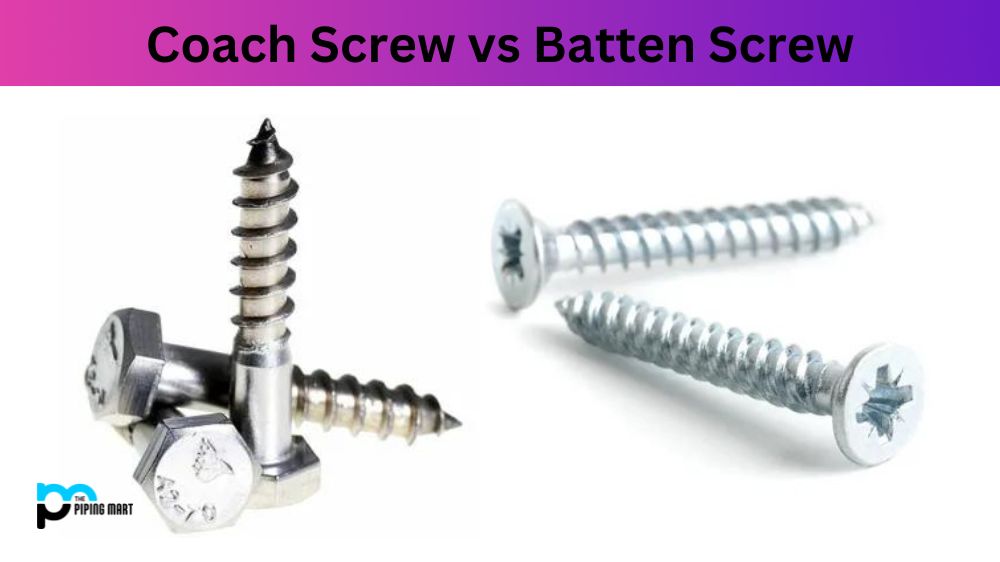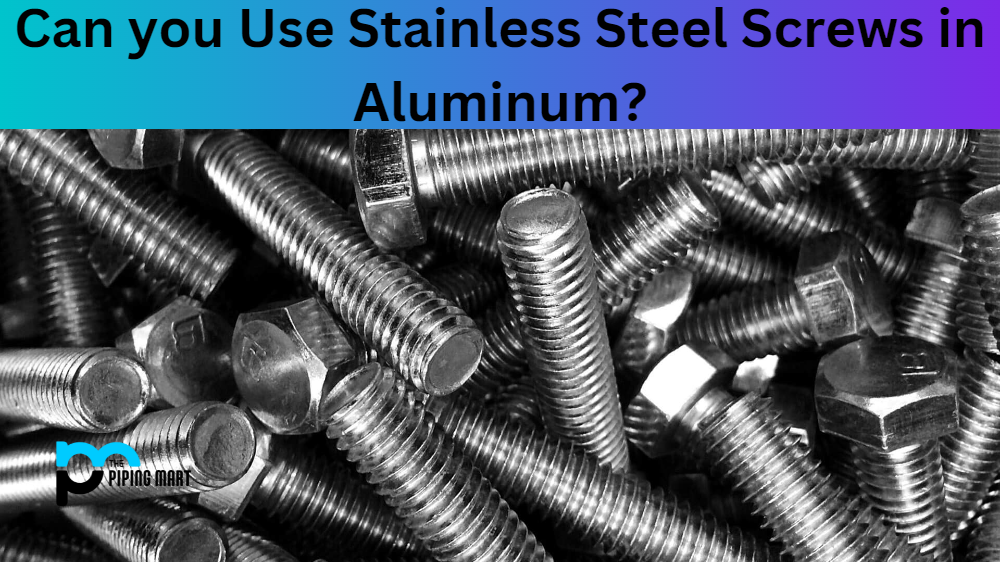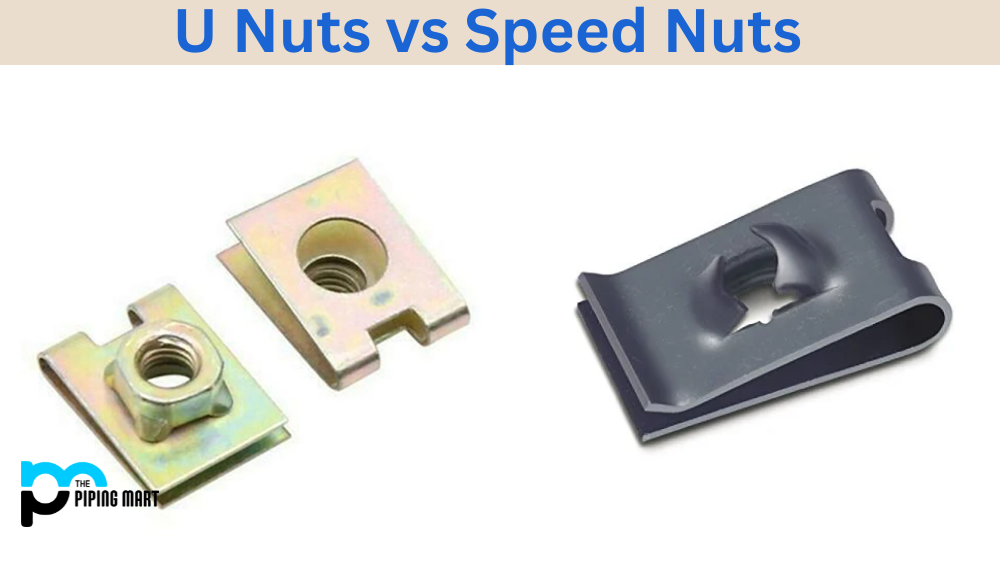If you plan to embark on a DIY or construction project, you have probably come across Coach Screws and Batten Screws. These screws are widely used in the construction industry and are useful for various applications. While they may look similar, they serve different purposes and have distinct characteristics. In this blog post, we will discuss the differences between Coach Screws and Batten Screws, their uses, and why it is vital to understand them when working on a project.
What is Coach Screw?
Coach screws, also known as lag screws, are long woodscrews with externally threaded shafts and sharp points. They’re typically used to join heavy timbers in carpentry and masonry applications due to their high strength and ability to penetrate dense materials. Coach screws usually have hexagonal heads that require a socket or wrench for installation, though some variations feature slotted, or Phillips head drives.
What is Batten Screw?
A Batten screw is a type of self-tapping screw that feature a double-thread design. The threads are designed to “lock” into each other when they come into contact, creating an extremely secure hold. This makes them ideal for attaching gypsum board and insulation materials without needing separate wall anchors or heavy-duty fasteners. Batten screws come in various sizes and have a wide range of uses in both industrial and home applications.
Difference Between Coach Screw and Batten Screw
Thread:
Coach screws have a continuous thread that runs from the top to the end of the screw. This makes them ideal for holding together heavy-duty materials such as wood. The continuous thread creates a firm grip and ensures the screw remains securely fastened. On the other hand, Batten Screws have a partially threaded shaft that works well in softwood materials. The smooth shank at the start of the screw allows for maximum holding power while the threads on the shaft offer stability.
Point:
The point of the screw is another significant difference between a Coach Screw and a Batten Screw. A Coach Screw has a sharp pointed tip that goes through the material without creating too much resistance. The pointed tips allow the screw to easily penetrate the material and provide a tight grip. In contrast, a Batten Screw has a blunt tip that makes it easy to get started on the material. The blunt tip reduces the chances of splitting the wood and offers a solid grip.
Length:
Coach Screws come in longer lengths compared to Batten screws. The length of coach screws allows them to easily hold heavy-duty materials, such as building bridges or other heavy construction projects. Batten screws are shorter in length and are ideal for jobs that require less thickness of the material, such as fixing drywall or fitting out a wardrobe.
Head:
The head of the screw also differs depending on the type of screw. Coach Screws have large hexagonal heads, which allow them to be tightened easily and provide a strong grip. This head also allows a wrench or an adjustable spanner to turn the screw. Batten Screws, on the other hand, have a smaller head, making them more aesthetically pleasing. The head design contains ribs that help to countersink the screw, making it ideal for use in areas where appearance matters.
Uses:
Coach Screws and Batten Screws have different uses depending on their design and structure. Coach screws are ideal for holding together heavy-duty materials with a strong grip, such as constructing timber frames. Batten Screws, on the other hand, are perfect for lighter materials, such as installing a fence or a pergola. Batten Screws are also ideal for use on cabinets and cupboards, where the aesthetic appeal matters.
Conclusion:
In conclusion, if you are embarking on a DIY or construction project, it is vital to understand the differences between a Coach Screw and a Batten Screw. Understanding the differences between the two will help you decide on which screw to use for various applications. This knowledge will help ensure a secure and long-lasting finish on your projects. The right choice of the screw and its application ensures a professional and complete finish and its durability.
Meet Heer, a dynamic and driven writer learning tricks of her trade in the metal industry. With a background in Digital Marketing, Heer brings a unique perspective to her writing, sharing valuable insights. Apart from blogging she like reading and hiking.




